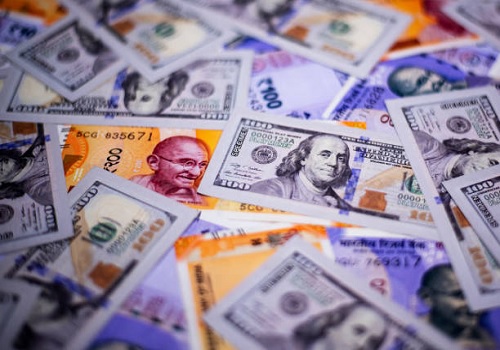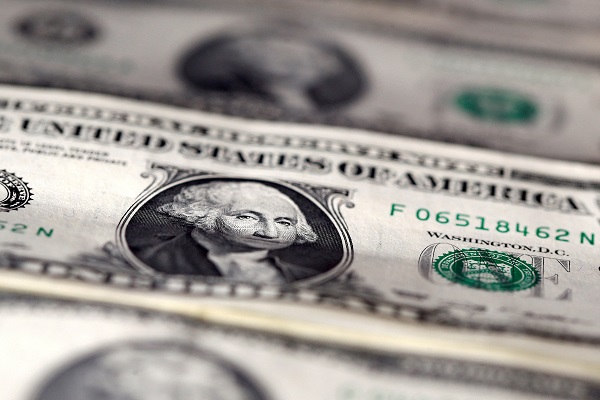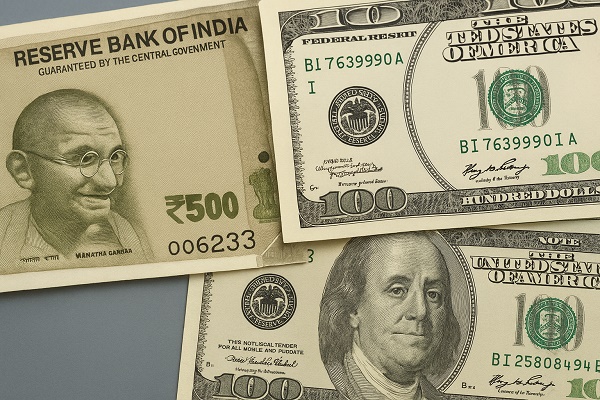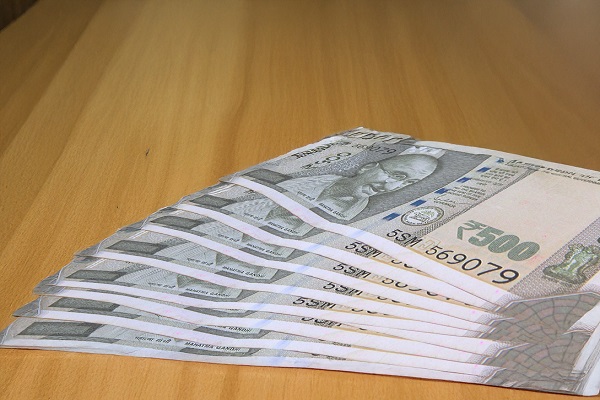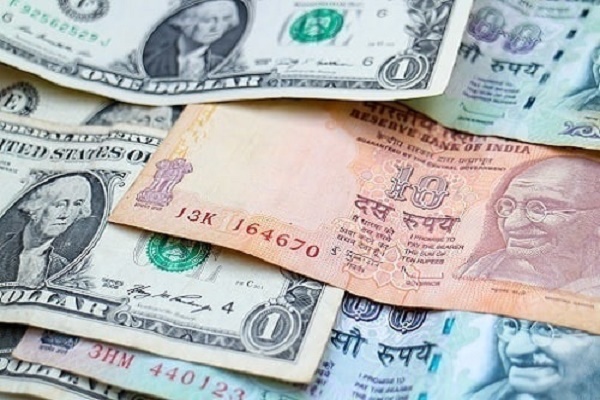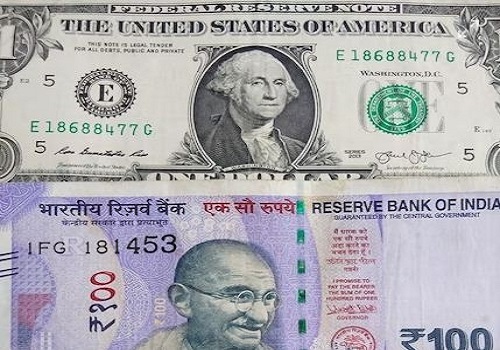Dollar gains on Trump tariff threats, euro near 2-year low

The dollar firmed on Monday after U.S. President Donald Trump said he was set to impose new 25% tariffs on all steel and aluminium imports, putting pressure on the euro and the commodity-focused Australian and New Zealand dollars.
Trump also said he will announce reciprocal tariffs on Tuesday or Wednesday, applying them to all countries and matching the tariff rates levied by each country. The move adds to jitters over a global trade war, with China's retaliatory duties on U.S. goods due to take effect on Monday.
Trump last week kicked off a trade war, first by imposing tariffs on Mexico and Canada and then pausing them, but sticking with duties on Chinese goods. That led to a measured tit-for-tat response from Beijing suggesting some room for negotiations.
The euro was 0.1% lower at $1.0317 in early trading, close to the more than two-year low of $1.0125 it touched last week as investors braced for tariffs that Trump has repeatedly threatened against Europe.
The Australian dollar was down 0.21% at $0.6264, hovering near the five-year low it touched last week, while the kiwi eased 0.12% at $0.5649. The Canadian dollar weakened over 0.2% as Canada is the largest supplier of primary aluminium metal to the United States.
Charu Chanana, chief investment strategist at Saxo, said the old playbook can no longer be used because China is no more a significant supplier of steel to the U.S. after the 2018 tariffs.
"The immediate concern, however, might not be inflation, as there could be counter effects such as demand slowdown. The bigger concern is the uncertainty and the shift towards a more protectionist world."
Beyond Trump, investor focus will be on U.S. inflation data on Wednesday and an appearance by the Federal Reserve Chair Jerome Powell before the House of Representatives on Tuesday and Wednesday, with tariffs likely to be in the spotlight.
Analysts have said that tariffs could be inflationary and put further pressure on the Fed to keep interest rates elevated. Markets are pricing in 36 basis points of cuts this year, down from 42 bps after an upbeat payrolls report on Friday.
Macquarie strategists said the January employment report sends an upbeat message about the labour market and overall economic growth but the elevated uncertainty has led the firm to change its view on the Fed's policy path this year.
"Our updated view is for no change in the fed funds rate during 2025 with it likely to remain in the 4.25 to 4.5% range. Previously we had suggested there would be just one further 25 bps cut in either March or May."
The dollar index, which measures the U.S. currency against six other units, was steady at 108.23 in early trading. Sterling was little changed at $1.23915.
The Japanese yen weakened 0.4% to around 152 per dollar, but remained not far from the one-month high it touched on Friday on growing expectation of the Bank of Japan hiking interest rates this year.



.jpg)













